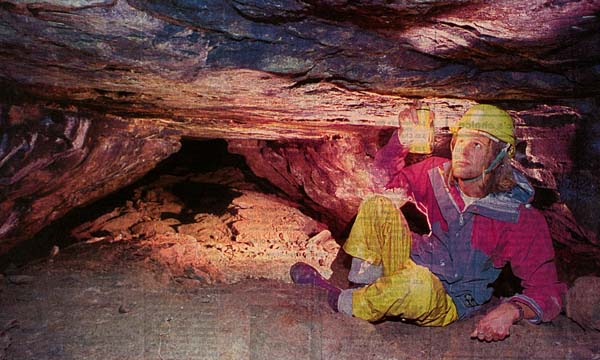Use wartime tunnels for city transport access, say students
By Frances Grant
NZ Herald, 24 May 1996

|
Old air raid shelter tunnels under Albert Park could help to solve parking and transport problems in central Auckland, say a group of Auckland University Architecture students. They have produced a range of transport proposals for the Second World War tunnels which are also the subject of plans by an Auckland butcher and tourist promoter, Mr Bill Reid. A senior student, Mr Cristopher Blair, said the project was the idea of asenior lecturer of the School of Architecture, Dr Garry Tonks, who saw the potential to integrate the tunnels into a wider transport system. Their proposals include using the 600m-long main tunnel as a link from a public transport terminal to the central city Mr Blair said the tunnel running from the bottom of Constitution Hill to Victoria St East was close to the railay station and an obvious link from the city fringe to its centre, and would avoid the controversy surrounding the proposed Britomart development. A public transport terminal in Stanley St valley would be "more financially viable". I could be built without having to dig down to the water table, change railway tracks or demolish historic buildings, he said. The Constitution Hill end of the tunnel could open to a light rail loop though the cetral business district. Mr Reid, who holds the right to negotiate the development of the blocked-up tunnels, said he was taking the students proposals 'very seriously". While he wanted to transform the tunnels into a tourist attraction with underground shops, blackwater rafting, a glowworm grotto, and museum, "if what the students come up with can be done by the year 2000, then I'm interested". |